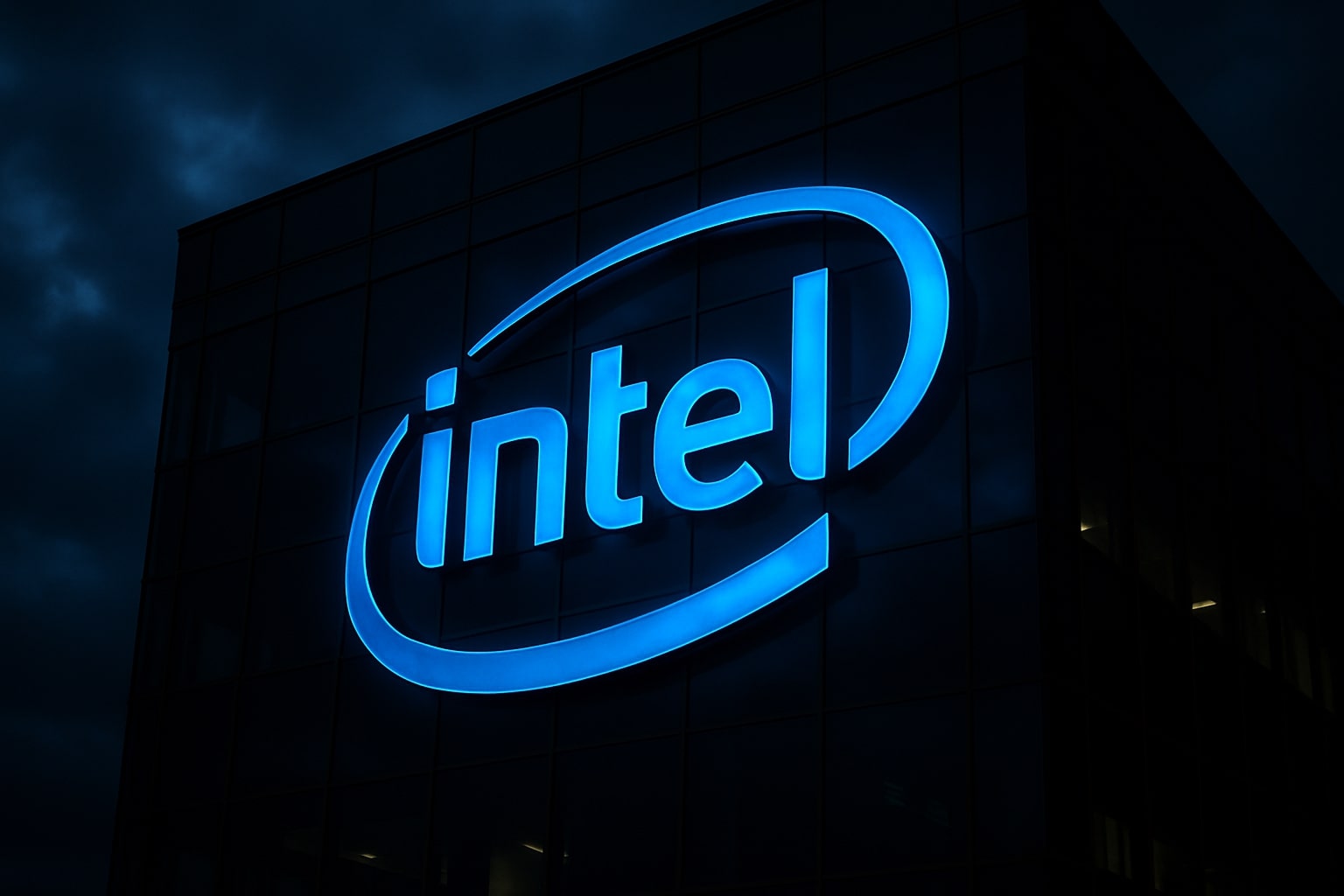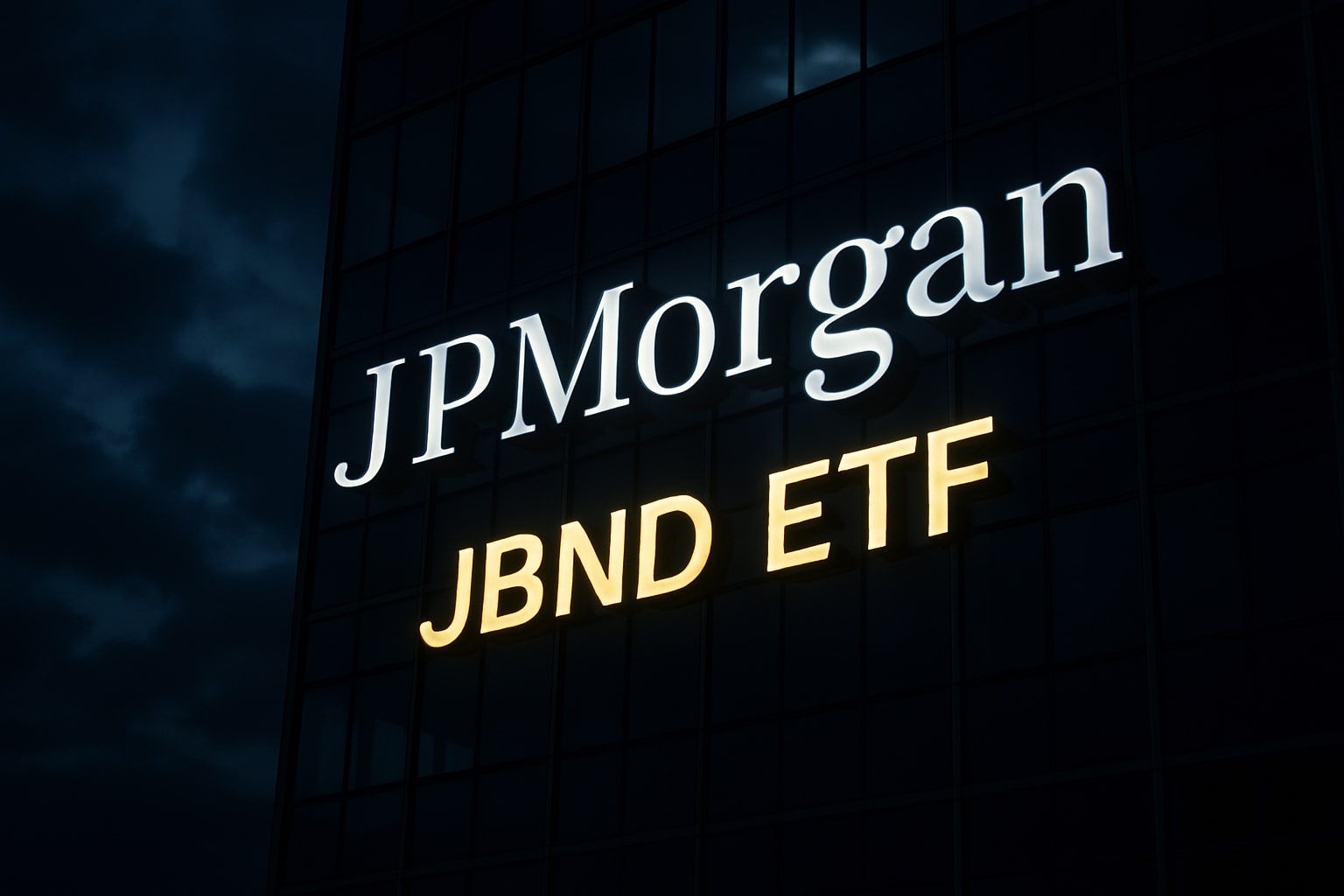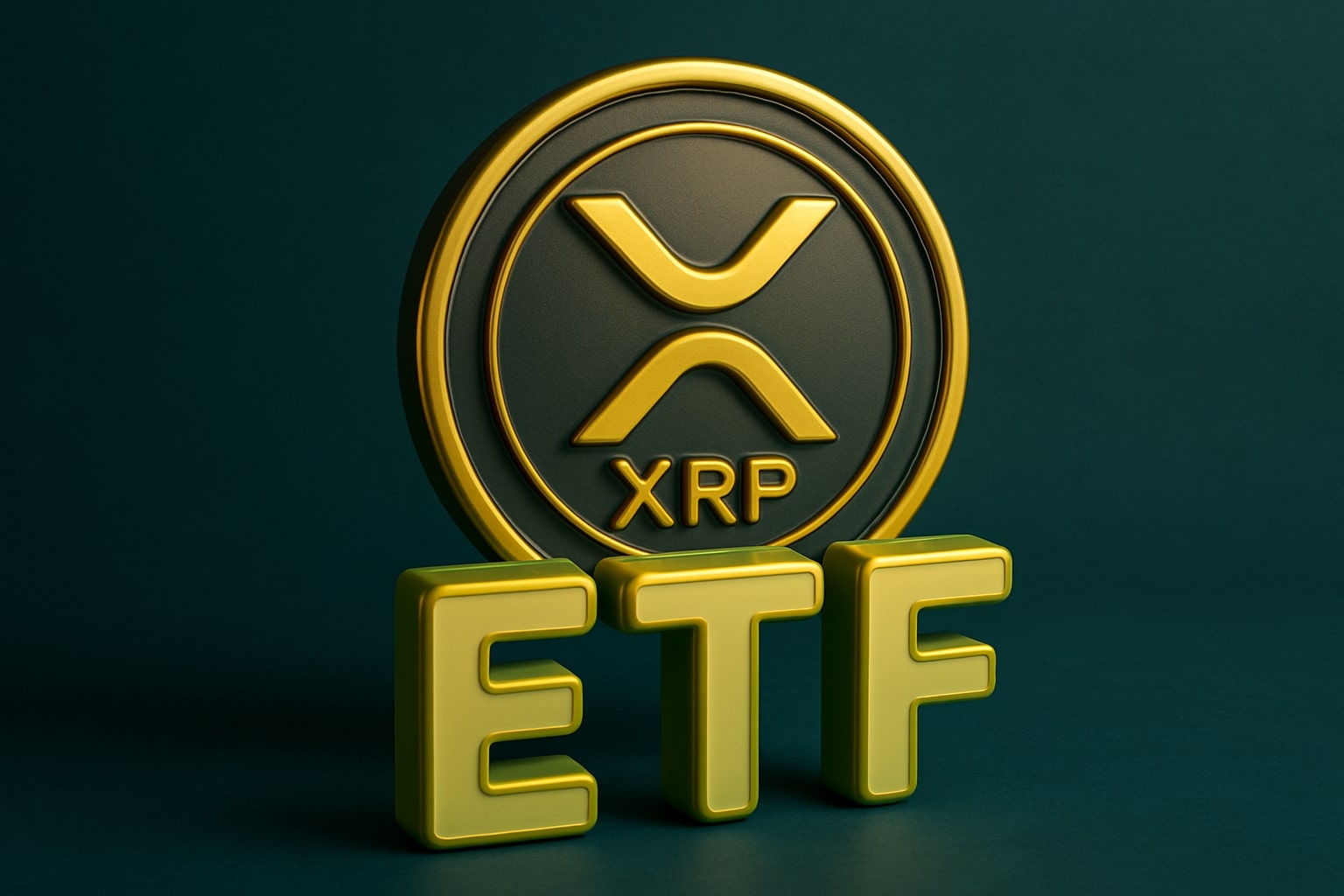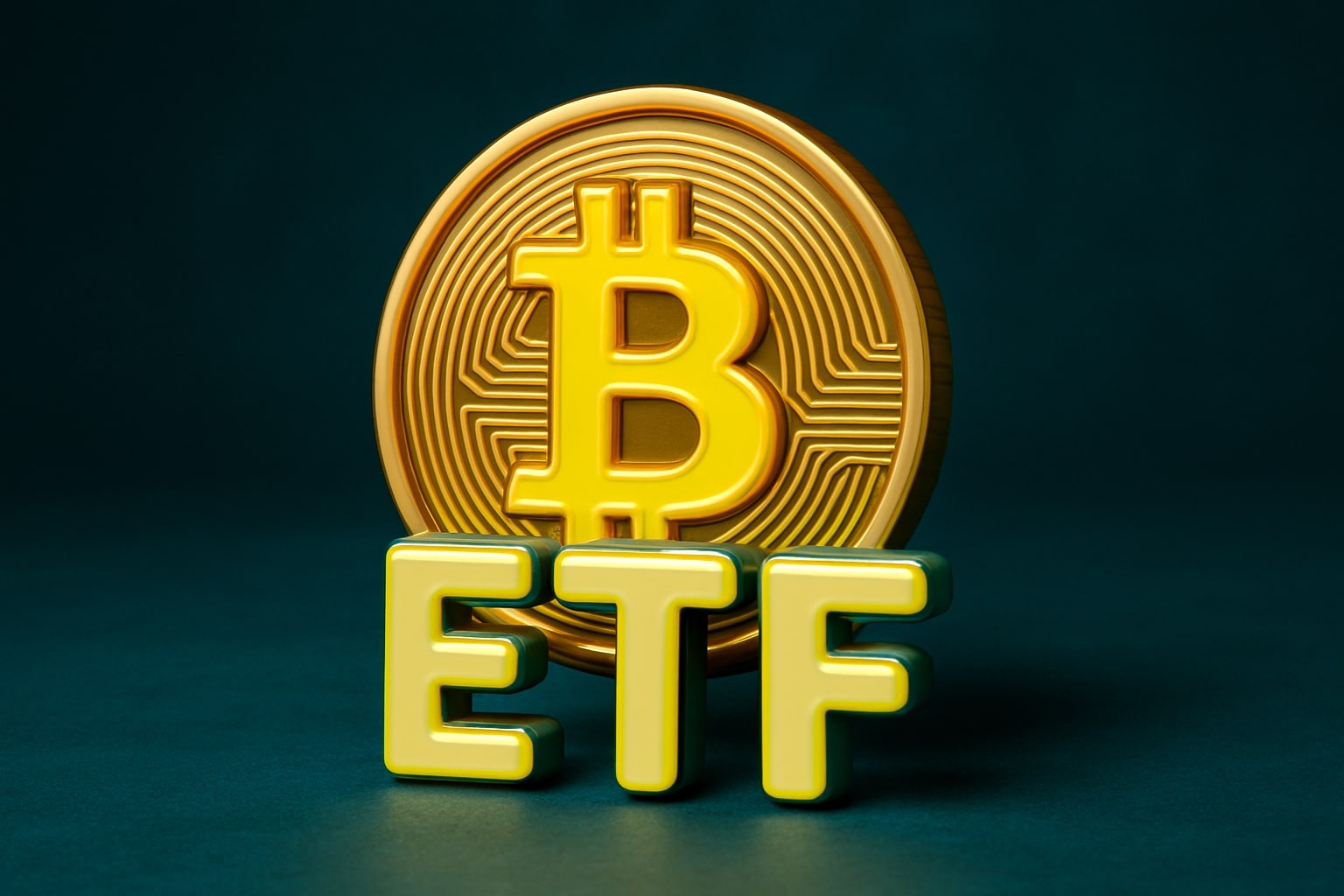
Intel Stock Price Forecast - INTC Shares Surges After Q3 Earnings Beat, $4.1B Profit Signals Real Turnaround , $50 Outlook
Intel stock trades at $38.13 (+0.08%) after reporting $13.7B revenue and $0.23 EPS, surpassing Wall Street’s $13.15B and $0.01 expectations | That's TradingNEWS
Intel Stock Price Forecast - INTC Surges After Third-Quarter Earnings Beat, Signaling Early Signs of Turnaround Under CEO Lip-Bu Tan
Intel Corporation (NASDAQ:INTC) is trading near $38.13 (+0.08%) after posting third-quarter results that decisively beat Wall Street expectations, marking a major inflection point in the company’s multi-year turnaround strategy. The chipmaker reported revenue of $13.7 billion, above the consensus estimate of $13.15 billion, and a sharp rebound from $12.9 billion in the same quarter last year. Earnings per share came in at $0.23 (adjusted) versus $0.01 expected, while GAAP EPS surged to $0.90, reflecting improved cost discipline, stronger demand for PC chips, and balance sheet reinforcement through government and strategic investments. The result reverses six consecutive quarters of losses, solidifying Intel’s return to profitability and restoring investor confidence after years of stagnation.
Reversal From $16.6B Loss to $4.1B Profit Reflects Deep Cost Cuts and Stronger PC Demand
The third quarter marked Intel’s most dramatic profit turnaround in over three decades, shifting from a $16.6 billion loss in 2024 to a $4.1 billion net income in Q3 2025. Operating expenses were cut aggressively — down 13.29% year-over-year to $4.83 billion — reflecting CEO Lip-Bu Tan’s push for leaner operations following multiple rounds of layoffs and divestitures. Intel’s headcount dropped 29% year-over-year to 88,400, improving efficiency ratios across every major division. CFO David Zinsner emphasized that PC demand “has outpaced supply,” as global enterprises rush to refresh computing infrastructure with the latest Intel Core Ultra “Panther Lake” systems-on-chips. The Client Computing Group generated $8.5 billion in revenue, up 3% year-over-year, while Data Center and AI chips contributed $4.1 billion, down just 1%, a smaller decline than feared given global data center headwinds. The recovery in PC sales and normalization in channel inventories have provided Intel with critical cash flow support to fund its longer-term AI and foundry ambitions.
Intel’s Foundry Losses Narrow Sharply as U.S. Government Becomes Largest Shareholder
Intel’s strategic realignment gained momentum with the U.S. government’s 10% equity stake finalized in August, a move that injected $8.9 billion in capital and positioned Intel as the core pillar of America’s semiconductor sovereignty push. Of this, $5.7 billion has already been received, while Nvidia’s $5 billion investment and SoftBank’s $2 billion stake added another layer of credibility and liquidity. Intel’s foundry arm — Intel Foundry Services (IFS) — posted $4.2 billion in revenue, down 2% year-over-year but with operating losses reduced to $2.3 billion from $5.8 billion a year earlier. These figures highlight a major improvement in cost structure, even as the division remains in restructuring mode. Crucially, the government’s investment includes a clause penalizing any exit from the foundry business over the next five years, locking Intel into its commitment to domestic manufacturing and advanced process node leadership. CEO Tan called the foundry “strategic to the nation’s chip independence,” reaffirming Intel’s pledge to expand its Arizona and Ohio fabs, despite extended timelines and capital intensity exceeding $100 billion.
Balance Sheet Strengthens With $20B Liquidity Boost From Asset Sales and Strategic Stakes
Intel’s balance sheet expansion this quarter was one of the strongest in its modern history. The company added $20 billion in liquidity through divestitures and strategic stakes. The sale of its Altera subsidiary on September 12 added $5.2 billion, while further monetization of Mobileye contributed another multi-billion-dollar gain. These transactions boosted Intel’s total cash and short-term investments to $21.21 billion, offsetting the 27.5% year-over-year decline from the prior cycle and improving flexibility ahead of the next capital expenditure wave. With total assets of $192.52 billion, liabilities at $86.77 billion, and equity exceeding $105.75 billion, Intel’s leverage ratio remains conservative compared to peers such as AMD and TSMC. The infusion of capital from both public and private investors has reduced financing pressure and allowed Intel to maintain its research pipeline without overextending its debt profile.
AI Partnership With Nvidia and Strategic Collaboration Define the New Growth Path
The Nvidia partnership, valued at $5 billion, marks the most significant cross-industry collaboration in Intel’s history. The deal enables Nvidia’s AI GPUs to integrate with Intel’s x86 CPUs across data center platforms, combining Nvidia’s AI acceleration strength with Intel’s CPU-based inference power. Intel’s AI compute positioning is crucial at this stage — the company aims to dominate the inference side of AI workloads, where CPUs are cheaper and more energy-efficient than GPUs for smaller enterprise-scale models. CFO Zinsner compared using GPUs for inference to “taking your Ferrari to get groceries,” underscoring the practicality of Intel’s offering in enterprise AI computing. The collaboration also supports Intel’s broader AI PC initiative, with AI-optimized CPUs now shipping under the Core Ultra brand, contributing to early adoption in hybrid work and gaming markets.
Read More
-
JBND ETF Stabilizes Near $54.16 as Cooling Real Yields and Firm Credit Spreads Fuel a Stronger Outlook
13.11.2025 · TradingNEWS ArchiveStocks
-
XRPC ETF Roars Out of the Gate With $26M as XRPI at $13.51 and XRPR at $18.98 Lead a New XRP ETF Market Cycle
13.11.2025 · TradingNEWS ArchiveCrypto
-
Natural Gas Price Surges Toward Multi-Year Highs as $4.60 Breakout Collides With Winter Demand
13.11.2025 · TradingNEWS ArchiveCommodities
-
USD/JPY Price Forecast - Yen Surges Toward 155.00 as BoJ Uncertainty and U.S. Data Backlog Ignite a High-Risk Breakout
13.11.2025 · TradingNEWS ArchiveForex
Fourth-Quarter Guidance: Revenue Seen at $13.3B With EPS of $0.08
Intel’s forecast for the fourth quarter is conservative but stable, projecting revenue between $12.8 billion and $13.8 billion, with midpoint guidance of $13.3 billion and adjusted EPS of $0.08, slightly below analysts’ consensus of $0.10. The company noted that guidance excludes potential contributions from Altera’s divestment. Despite this, Intel expects sequential improvement in gross margins, aided by product mix optimization and improving yields in advanced process nodes. Analysts interpret the cautious guidance as a reflection of near-term cost normalization rather than weakening demand. Tan emphasized that Intel’s supply-demand balance remains favorable heading into 2026, supported by strategic AI partnerships and ongoing government-backed foundry scaling.
Cost Discipline and Workforce Reduction Drive Margin Recovery
Operating efficiency remains central to Intel’s recovery. The company achieved a 63.05% increase in EBITDA to $2.52 billion, driven by aggressive cost cuts and higher utilization rates. The net profit margin improved to -22.69%, a steep rebound from -80.80% the prior year, and management expects a return to positive margins in early 2026. Research & development spending was reduced by 20%, now standing near $4.4 billion, allowing Intel to reallocate resources toward AI, packaging, and foundry development. The return on assets improved to -0.64%, and return on capital to -0.78%, both showing early signs of stabilization after years of negative performance. Free cash flow remained slightly negative at -$102.5 million, but the overall net change in cash of $746 million suggests a manageable transition period ahead of a full rebound.
Intel Stock Performance: +87% YTD Amid Institutional Accumulation
Intel’s share price has surged 87% year-to-date, outperforming both AMD (+74%) and TSMC (+69%), underscoring renewed investor conviction in the company’s turnaround story. The stock reached a 52-week high of $41.12, far above its year low of $17.67, representing a near 140% recovery in market capitalization to $178 billion. Trading volume remains strong at 139.85 million shares daily, suggesting active institutional rotation into Intel following the government’s stake and the Nvidia deal. Analysts attribute the rally to a combination of financial stabilization, AI optimism, and the perception that Intel is now effectively “too strategic to fail.” According to TradingNews data, insider transaction activity (view here) shows continued insider confidence, with no significant insider sales since August.
Valuation, Risk, and Outlook: Transitioning From Survival to Expansion
Intel trades at a price-to-book ratio of 1.71, reflecting moderate valuation relative to its peers. Its forward P/E remains undefined due to recent volatility in GAAP results, but on an adjusted basis, implied earnings suggest a P/E of 42–45, which is low relative to Nvidia’s 80+ and AMD’s 60+, given Intel’s strategic role in the U.S. semiconductor ecosystem. The risks remain clear — execution in foundry, delayed capex projects such as the Ohio mega-fab (now pushed beyond 2030), and AI competition could challenge near-term momentum. However, the alignment of geopolitical and industrial policy with Intel’s trajectory creates a rare strategic moat.
Verdict: BUY — AI Leverage and Policy Tailwinds Reinforce Long-Term Upside
After six consecutive losing quarters, Intel (NASDAQ:INTC) has delivered a genuine inflection point: profitability restored, cost structure optimized, and strategic partnerships secured. While near-term guidance is cautious, the combination of government backing, Nvidia integration, and disciplined capital management positions Intel as a revitalized force in global semiconductors. With Q3 EPS beating by 22x expectations, net income swinging from deep losses to $4.1 billion, and liquidity exceeding $21 billion, Intel’s turnaround is real. The next test will be execution in the foundry business and AI scaling through 2026. Based on the data and momentum, the current stance on INTC is BUY, with a 12-month target range of $45–$50, supported by structural catalysts, political backing, and operational leverage that could reestablish Intel as the U.S. semiconductor anchor in the AI era.


















